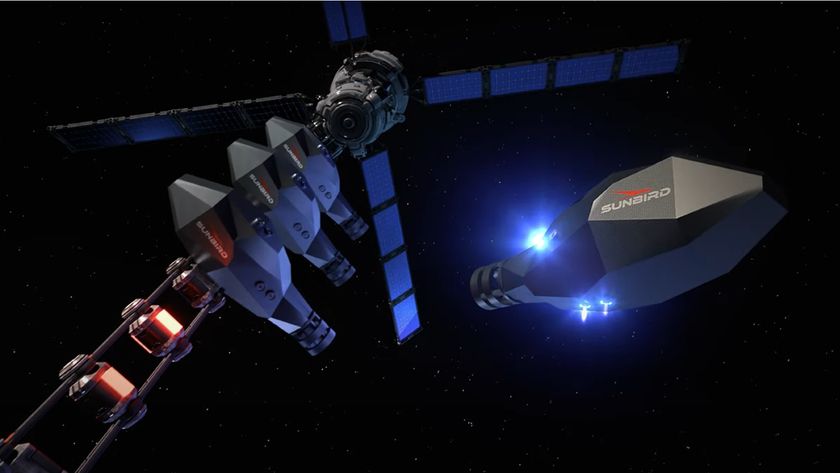Russia Launches Animals Into Space on One-Month Journey
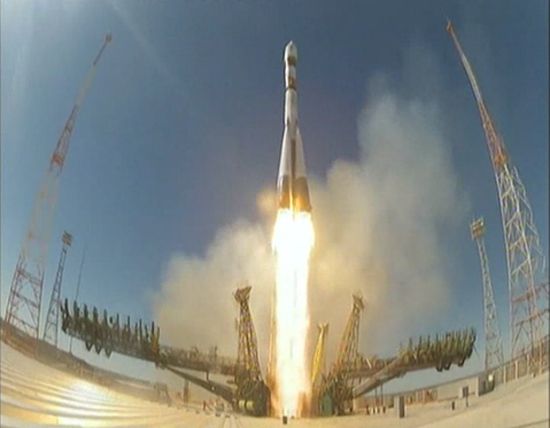
An intrepid critter crew of geckos, mice and gerbils and other animals launched into orbit Friday (April 19) to begin a month-long Russian experiment to study how space travel affects living creatures. The space mission, scientists assure, will return the animals to Earth alive.
The new animal astronauts launched into orbit at 6 a.m. EDT (1000 GMT) atop a Russian-built Soyuz 2 rocket that lifted off from Baikonur Cosmodrome, Kazakhstan, in Central Asia.
The rocket carried the Bion-M1 space capsule, which is filled with enclosures for 45 mice, eight Mongolian gerbils, 15 geckos and numerous other species. They are expected to spend a month in orbit, flying 357 miles (575 kilometers) above Earth while scientists on the ground monitor the health of the capsule's passengers. [See photos of the Bion-M1 space animals mission]
"There has been a long history of this kind of biological research over the past 40 years, and NASA and the Russian side have been collaborating for that entire time, which is pretty remarkable. But each mission kind of brings a unique focus, be it the actual duration of the mission or the specimens being flown," Nicole Rayl, project manager for NASA's portion of the mission, told SPACE.com.
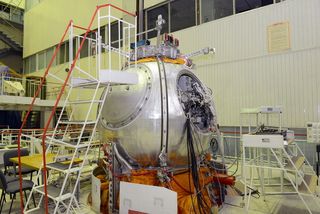
While the project is run by Russia's Federal Space Agency, also called Roscosmos, an international team of scientists is overseeing the mission's many experiments.
Bion-M1 is Russia's first mission dedicated to launching animals into space in 17 years. The last Bion mission carried rhesus monkeys, geckos and amphibians into orbit for 15 days in 1996.
And while there have been other animal-centric launches since that time, the Bion-M1 mission is the longest flight of its kind in the Russian science program's 40-year history. For this reason, Bion-M1 is designed to help scientists understand how long-duration human spaceflight might affect astronauts, Rayl said.
Sign up for the Live Science daily newsletter now
Get the world’s most fascinating discoveries delivered straight to your inbox.
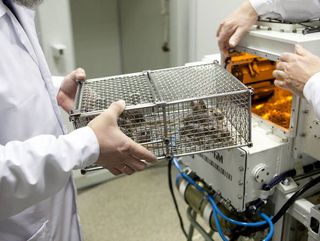
"The unique nature of this mission is that it's a 30-day mission, so it's longer than a lot of the other animal and biological missions we've flown," Rayl said. "The big importance for us is that we get to compare data from this longer mission with better analytical tools that we have today, [compared] to the missions we've flown in the past that were similar but not exactly the same."
Scientists will monitor a wide variety of health metrics for the animals while the creatures are on board. The spacecraft will beam down information about the health of the animals and the conditions inside the capsule.
Researchers are interested in understanding the many different ways spaceflight might change a mouse, for example, because the data could help scientists understand what humans need to be wary of on long-term trips.
One of the NASA experiments focuses on how microgravity and radiation affect sperm motility in mice. If humans are going to visit other planets on long flights, Rayl said, it's important to understand if people will be able to procreate from sex in space. Some missions could take decades, so space-based reproduction could be a necessity.
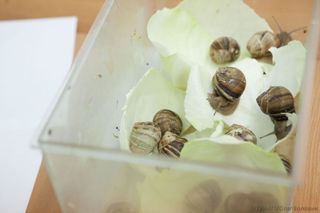
Although one of the NASA scientists will examine the mice for sperm motility, there is no chance that the animals will reproduce while in the spacecraft. Only male mice were selected for this journey, Rayl said.
Other experiments take the wide view, looking into how different body systems are connected and changed during spaceflight.
"We often have very targeted scientific experiments where we have one investigator looking at, say, 'cardiovascular system function.' This [Bion-M1] is different because we have nine investigators [in] total looking at a whole organism approach to spaceflight," Rayl said. "That's a very exciting development for us, that we're able to bring so many investigators to the table to really maximize the scientific return from this mission."
After a month in orbit, the Bion-M1 spacecraft will fall to Earth and scientists will collect the animals and run tests.
While the mice, gerbils, geckos and other creatures should survive their plunge through the Earth's atmosphere, scientists will need to humanely euthanize the animals in order to get the data they need, Rayl added.
This story was provided by SPACE.com, a sister site to Live Science. Follow Miriam Kramer on Twitter and Google+. Follow us on Twitter, Facebook and Google+. Original article on SPACE.com.



